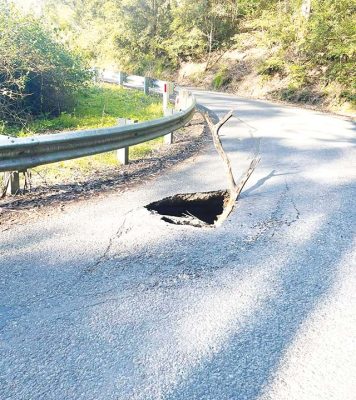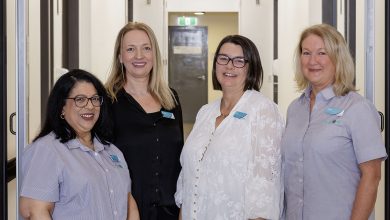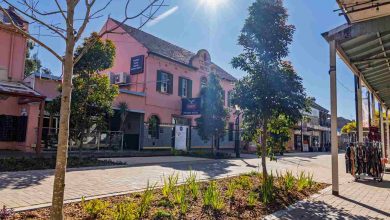Damaged Roads Set for Repair
Flood damaged roads in the Hills, Hornsby and Hawkesbury Shires are finally set for repairs following the NSW Government’s recent pledge to spend $500 million on fixing the worse affected metropolitan and regional roads.
Mayors from the Hills, Hawkesbury and Hornsby Shires welcomed the news, saying the NSW Premier had “listened” to their recent calls for additional funding to fix locally-affected roads.
Late last year, Hills Mayor Peter Gangemi, Hornsby Mayor Philip Ruddock and Hawkesbury Mayor Sarah McMahon joined mayors from Penrith, Campbelltown and Wollondilly to call on the Government to fund metropolitan councils after it was announced that only regional and rural roads had been allocated additional funds to fix flood ravaged roads.
The six Councils were excluded from the original road funding program – Fixing Local Roads Pothole Repair Program – despite them having rural areas and high numbers of potholes and road patching jobs, with some of these Councils receiving the highest-ever requests for work to be done.
NSW Premier Dominic Perrottet said $220 million would be spent in Greater Sydney to assist these worse-affected local councils to “carry out urgent repair work to ensure people stay connected and safe”. A further $280 million would be given to regional councils.
“We recognise potholes are a major hazard right now. This critical funding injection will help every council across the state patch up potholes as well as carry out other emergency repair work,” the Premier said.

“Our roads are a top priority and Council spends millions of dollars each year to keep them safe and maintained. However, the rain and the multiple floods, caused by a third consecutive La Niña, has led to our roads deteriorating much quicker than usual, and an increase in potholes and subsequent road patching jobs,” he said.
Hawkesbury Mayor Sarah McMahon welcomed the funding, saying that local roads had suffered the “worst potholes in living memory”.
“After six floods in three years, it has taken the combined efforts of many councils to make sure the voices of residents and motorists are finally heard,” Mayor McMahon said. “This financial year we expect to spend $1 million on pothole filling alone – the most we have ever spent in a single year. This is on top of the estimated $240 million in repairs to flood damaged roads in the Hawkesbury, and our routine roads renewal and upgrade program of $22.5 million.
Hornsby Mayor Philip Ruddock said: “While we have been proactive in responding to reports of road damage to ensure safe travel for our residents, we have already expended much of the $3.2 million we had allocated for road restoration this financial year. We anticipate that a further $3-5 million is needed to address road failures.”
NSW Transport and Roads Minister Sam Farraway said “the application process will be simple and the cash will be available immediately so councils can get on with the job”.
“The new funding will start landing in councils’ bank accounts within weeks so work can begin right away on repairing the essential roads locals, tourists and freight operators use every day,” he said.
“We understand that it’s not just about financial assistance, manpower is also needed, which is why the Government has already redeployed 200 Transport for NSW crews to Western NSW to help in the worst-impacted areas.”[/vc_column_text][/vc_column][/vc_row]










